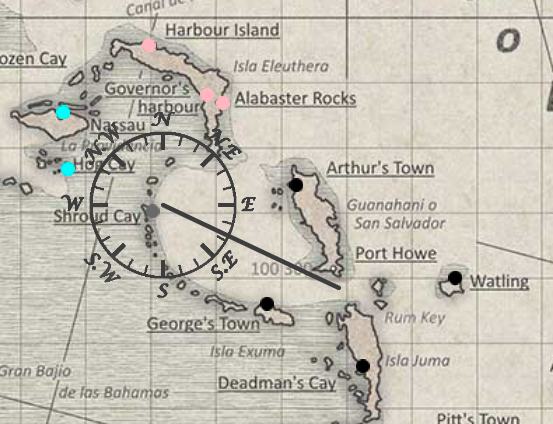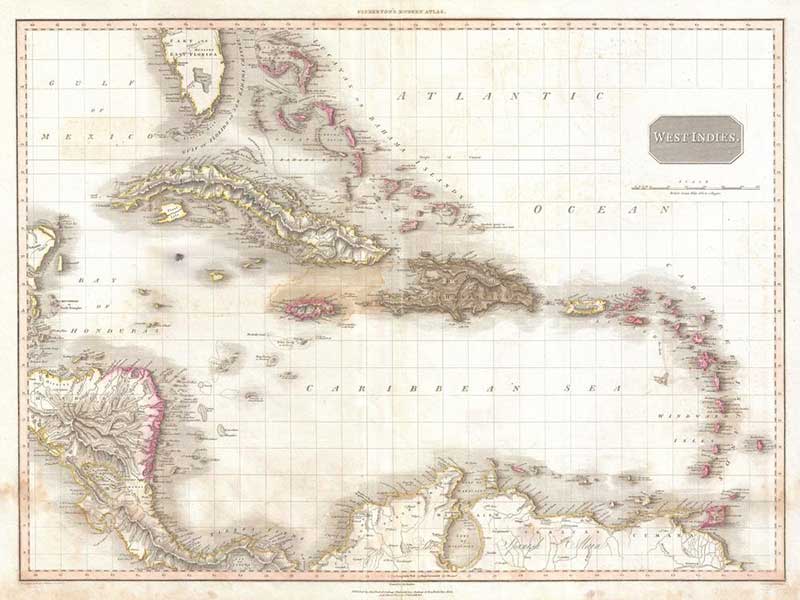

The causeways were built to connect the many small base islands together. Seabees used coral to pave 10 miles of road and the top of 11,000 feet of causeways, making Delap-Uliga-Djarrit. The one captured pier was not able to keep up with the demands of the growing base, Seabees installed a deep-water 25 by 28 foot pontoon floating pier. Water tank trucks were used for long runs. The water was stored in a system of tanks and plumbing with a total of 180,000 gallons for all the islands in the base. The 21 distillation stills turned seawater into 50,000 gallons of fresh water per day. For freshwater Seabees installed a Water distillation plant. For the airfield, Seabees built a 12,000-barrel fuel depot for aviation gasoline storage on Bigariat Island and 4-inch pipe system to bring it to the airfield. Seabee used both new construction Quonset huts and captured buildings in their projects. Seabee built and manned at Acorn 8 Naval dispensary. On Calanin Island, at the entrance to the lagoon Seabees built a signal station and a harbor entrance control station. The lagoon islands had some sand beaches used for boats, landing craft and Landing Ship, Tank. The lagoon has depths of 150 to 210-feet, with only a few coral heads. The Majuro Atoll offered excellent fleet anchorage in the large protected lagoon. The Naval used the Airfield for its Naval Air Transport Service and patrols. The complete Majuro Airfield became home to a number of units: two Marine dive-bomber squadrons, half a Marine patrol squadron, and staging a United States Army Air Forces fighter group. On the Delap the 800 feet (1,800 m) by 445 feet (136 m) runway was repaired and paved in coral.


US Navy Seabees of the 100th Construction Battalion began improvement projects at the base. When the US Army arrived they found abandoned a Darrit Island 400-foot timber pier, a seaplane ramp, Dalop Island 5,800-foot runway, and warehouses. The base was part of the vast Naval Base Marshall Islands. The US Navy built airfields, seaport, and other facilities on the captured islands. Majuro was found to be unoccupied and abandoned when the United States Army arrived. The base was built after the Battle of Majuro-Kwajalein ended 3 February 1944. Naval Base Majuro was a major United States Navy base built on Majuro Atoll, in the Marshall Islands to support the World War II efforts in the Pacific War.


 0 kommentar(er)
0 kommentar(er)
